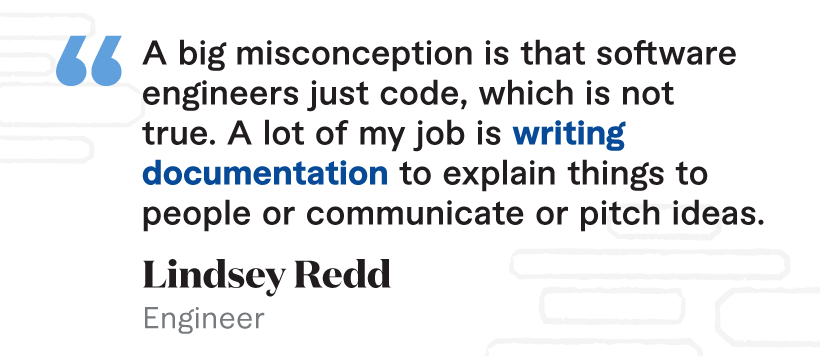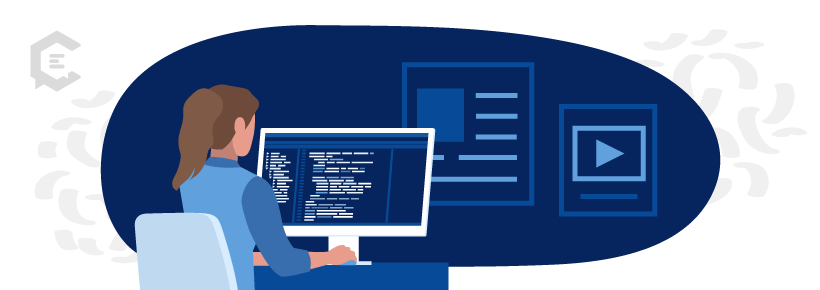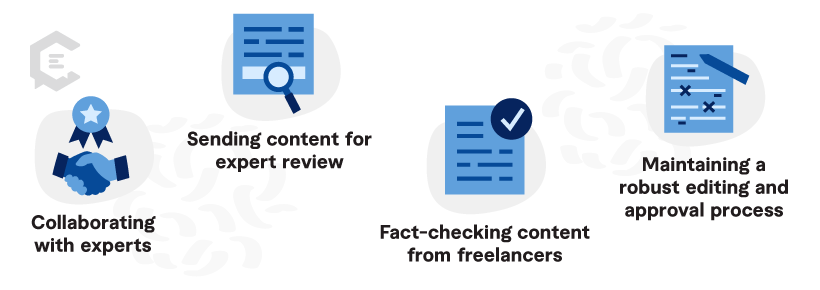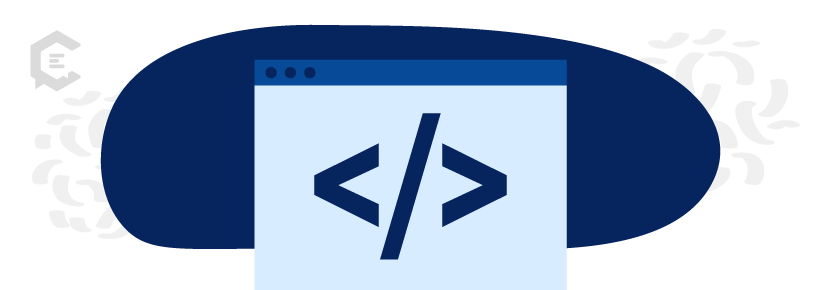Software engineers are highly educated, analytical individuals who know how to seek new information. Reaching them with content marketing requires deep, precise, and relevant content.
That means content marketing for the software engineering sector requires high expertise and attention to detail. But don’t worry! We’ve got you covered there.
In this article, we explain how to craft engaging content tailored specifically for software engineering audiences, including a breakdown of the best content types and practices for success.
Decoding the Software Engineering Audience
While an audience mindset is essential for all content marketing efforts, it’s crucial when writing for software engineers. Engineers already have a depth of knowledge. They also know how to identify and solve pain points on their own. So creating content that connects can be challenging.
Let’s start with the many misconceptions surrounding software engineers. In an interview with the Harvard Business Review, Lindsey Redd, an engineer, said:
A big misconception is that software engineers just code, which is not true. A lot of my job is writing documentation to explain things to people or communicate or pitch ideas. A lot of it is meetings where we figure out the direction of a particular piece of software or a product. And those all involve a lot of other skills that are not coding.
The mindset of a software engineer
According to We Are Developers, the top characteristics of software engineers include:
- Empathetic
- Curious and open-minded
- Self-motivated and proactive
- Ability to work well under pressure
- Strong sense of responsibility and ownership
The same article identified a few weaknesses as well:
- Resistance to change
- Overreliance on familiar tools and techniques
- Overconfidence in abilities and lack of humility
So what does this mean for crafting content? First off, this type of audience knowledge can help you get into the mindset of your audience. It’s a crucial step in crafting audience personas – semi-fictional, generalized representations of a company’s ideal customers.
Your buyer personas inform everything from content creation to advertising and even product development. They help marketers better understand their target audiences and how to communicate with them more effectively.
Distilled down to their essence, personas define pain points and offer solutions. For a software engineering audience, solving pain points could mean:
- Reducing unnecessary steps
- Collaborating more effectively
- Organizing files, tasks, or solutions
Content Formats that Engage Software Engineers
Honing in on your audience is only part of the battle in content marketing for software engineering. After identifying your audience’s needs and pain points, you’ll have some idea of what type of content they’ll respond to. But you still have to choose your specific content format.
Many factors determine content formats:
- Interviews
- Data sources
- Visual elements
- Breadth and detail of topic
Your audience behavior will play a big role in determining content format. For example, you don’t want to publish content on a distribution platform your audience doesn’t use. You also want to publish content that is most likely to resonate with your audience. That means brainstorming Tech and SaaS content ideas that move the needle.
Certain content formats are a better fit for a software engineering audience.
Technical deep dives and white papers
A white paper is an in-depth piece of content (similar to an ebook) or well-researched report that spotlights a business’s authority on a topic. The business presents a problem and offers its solution. To help hammer the point home and make their technical deep-dive more engaging, white papers often include charts, graphs, and visualizations.
Unlike ebooks, white papers deliver an abundance of information, which could include anything from presenting data analysis to new studies to academic research. Just make sure as you create this content you have the right technical writers in place.
Why it clicks with coders:
- Easy to see the big picture
- Provides new information
- Relies on numbers and data
- Shows real-world applications
Video tutorials and webinars
78% of people watch online videos weekly, while 55% watch online videos daily. For software engineers who want to learn visually or gain knowledge while completing other tasks, videos are the ideal content type.
Video tutorials provide direct solutions to pain points while also introducing your brand’s style, tone, and values. But beware, Guy Larcom, an instructional designer at TechSmith, says creating tutorials is not as easy as it seems. He says:
“Great tutorials start with great planning. Start by spending some time getting to know your audience. Learn how they use your product and find out where they struggle. Then use that information to choose a tutorial topic that will help the most amount of people.”
Webinars are another way to offer deep insight into a topic. If you’re already making webinar content, consider repurposing it for other campaigns. For example, you take data visualizations from your webinar and create infographics. Memorable quotes from presenters make effective tweets, Instagram posts, and authoritative snippets for blog posts. Use everything you can.
Case studies
A case study tells the story of how real customers use your service or product. Case studies can be extremely effective as motivators and objection removers because they’re based on facts. That should speak to the more logical side of software engineers’ brains. And don’t forget to showcase analytics that support the success of your case study.
Crafting Content: Best Practices
Creating compelling content takes work. But some best practices can make it go more smoothly. Let’s get into them.
Ensuring accuracy and credibility
Because a software engineering audience is educated and data-minded, accuracy is key. Inaccurate information can hurt your credibility and, at worst, destroy brand trust. We obviously don’t want that.
To ensure accuracy, try:
- Collaborating with experts
- Sending content for expert review
- Fact-checking content from freelancers
- Maintaining a robust editing and approval process
Making complex topics accessible
Software topics can look like they’re written in another language — and not just coding language! Your software content marketing needs to thread the needle between being engaging, factual, and easily understandable. And if you really want to stand out, weave compelling storytelling into your information. People love a good story.
Here are some tips to improve readability:
- Use visuals like charts, infographics, and graphs
- Break up text with bullet points, lists, and step-by-step guides
- Highlight key points as callouts or tips
- Recap content at the end
And if any of this sounds challenging, don’t worry! Outsourcing your B2B SaaS content creation is always an option. It can be one of the easiest ways to maximize your content marketing’s impact.
Amplifying Your Content’s Reach
Amplifying and distributing content is always essential. While search engine optimization can boost visibility, you should aim to get content in front of as many eyes as possible. That means implementing the right promotion strategies.
In the software space, there are many opportunities to amplify content. Software engineers are very active online with dedicated message boards, social media platforms, and industry experts.
Post on software online communities like:
- Github
- Stack Overflow
- Dedicated Slack communities
You may also consider guest posting or syndicating your content on other platforms. Online publisher Medium has thousands of posts about software engineering. Other popular software engineering platforms include:
Balancing Depth with Engagement In Software Content Marketing
Software content marketing is a bit of a balancing act. Your engineering audience wants real data, depth, and information. But they also want engaging content designed to be read, enjoyed, and shared.
If you’re struggling to find that balance, sometimes it’s best to partner with an expert. If you’re looking to create compelling software engineering content that drives engagement and boosts your visibility, ClearVoice can help. Our vetted Talent Network features a range of proven, experienced software and technical writers who have sat on both sides of the keyboard.
Talk to one of our content specialists today to see how we can match you with the best creators that fit your needs and budget.








